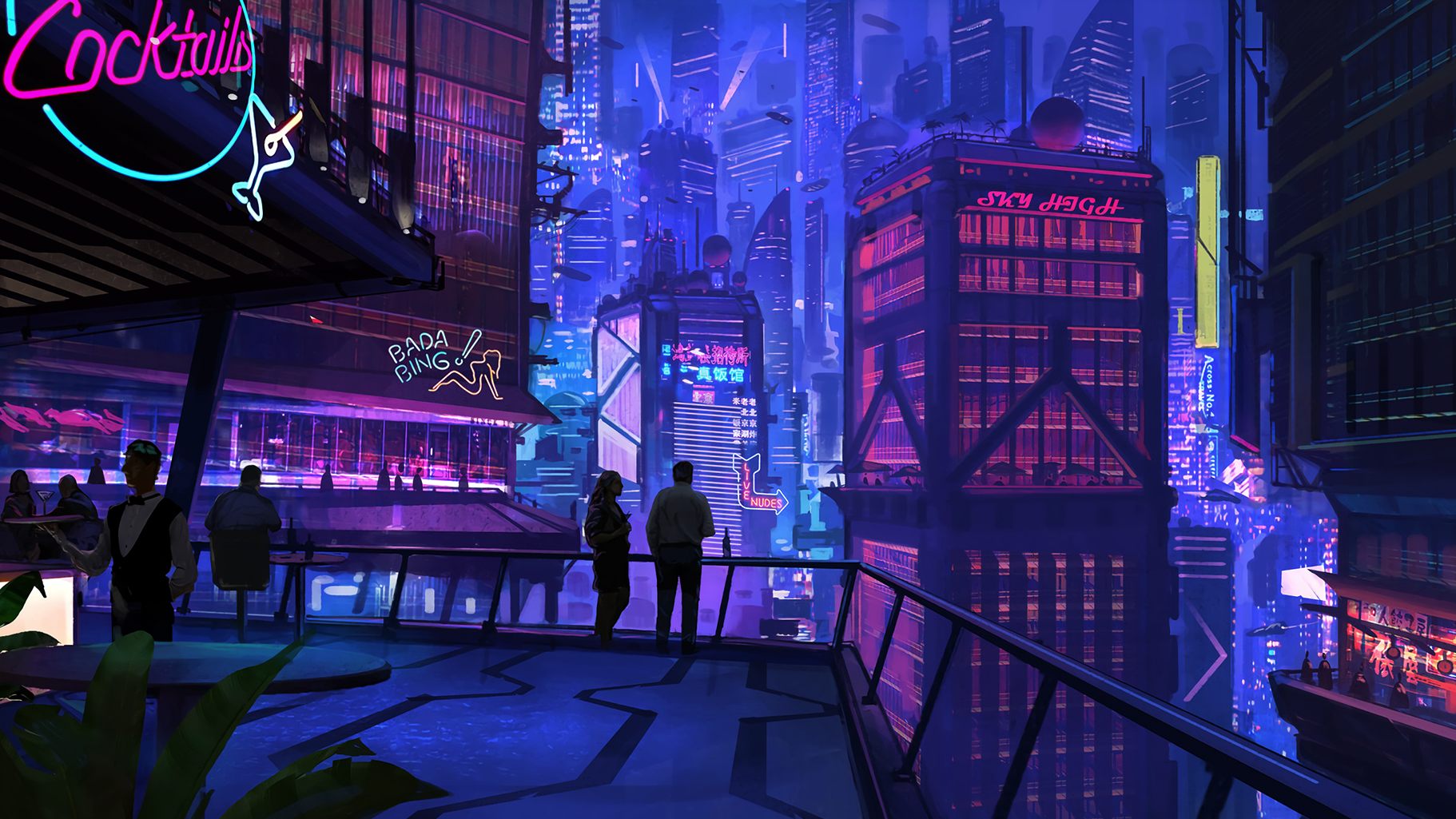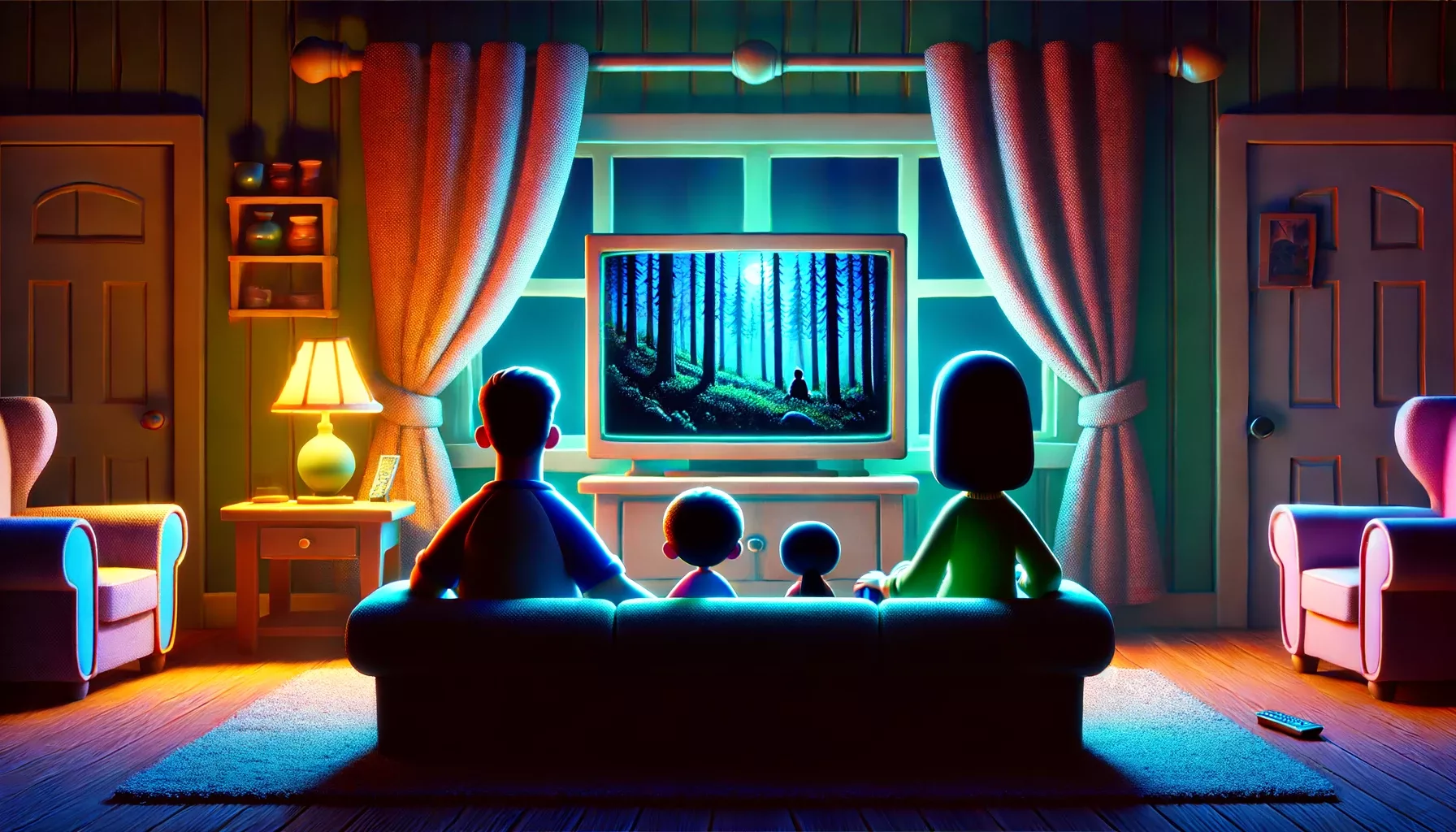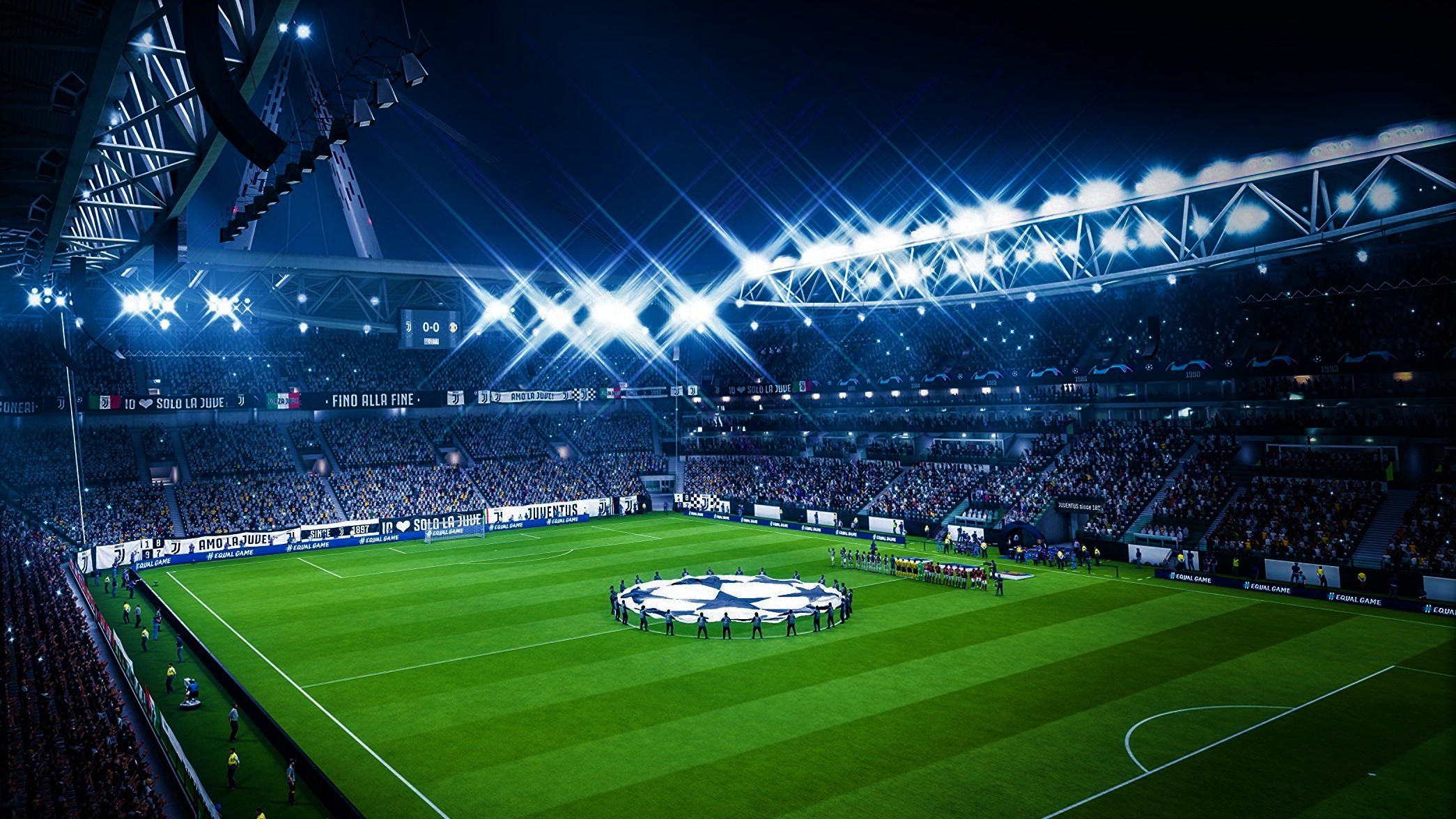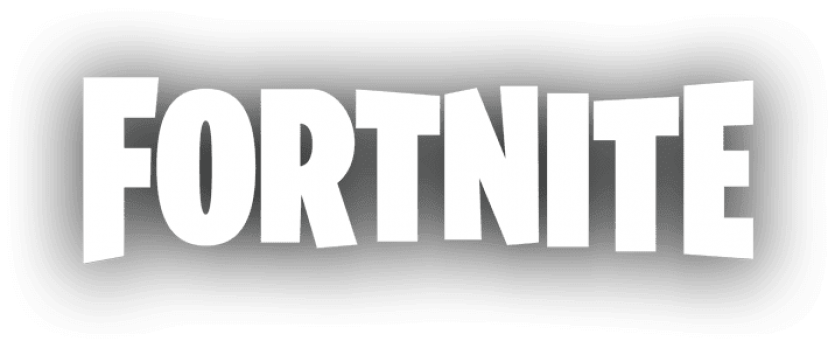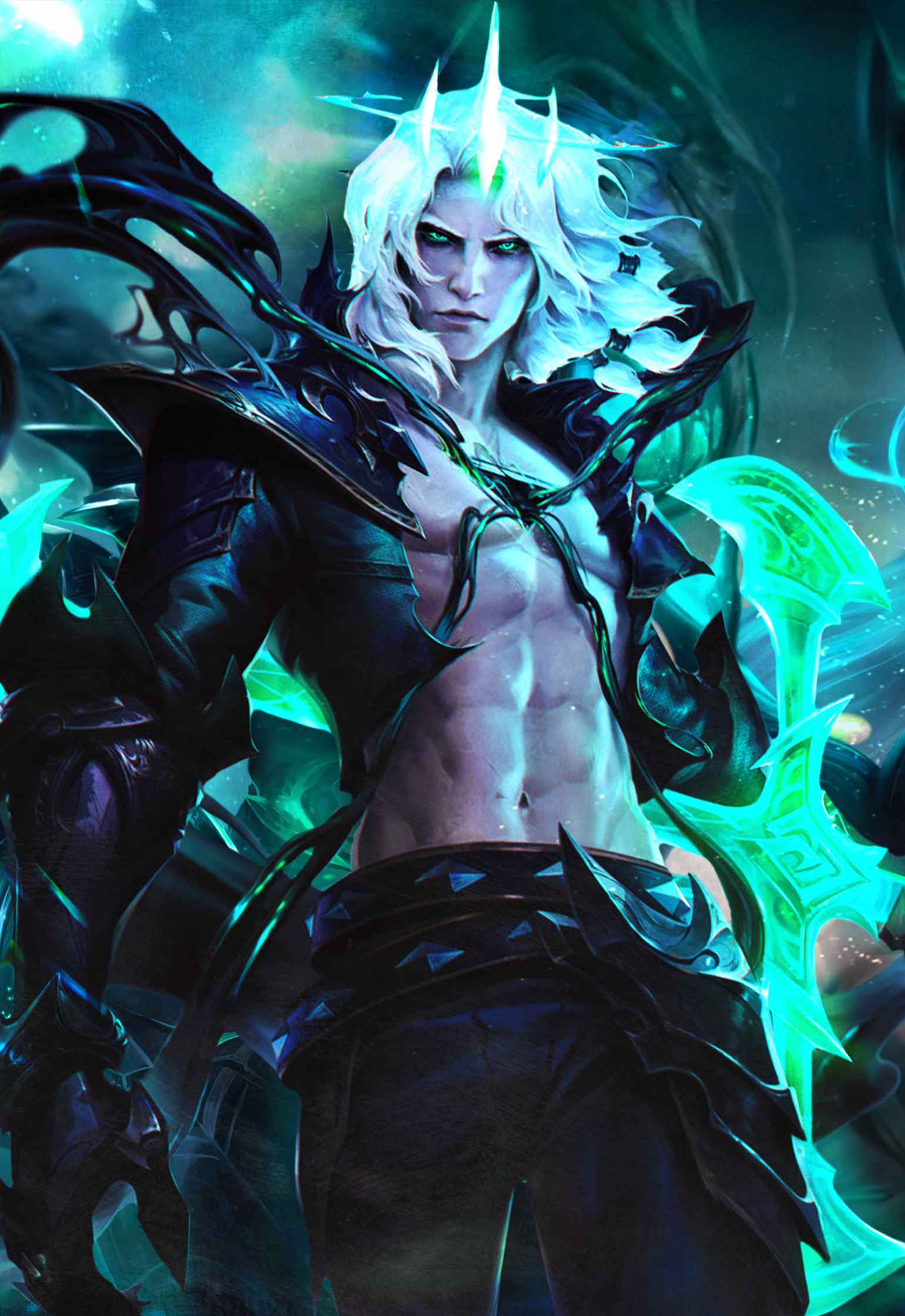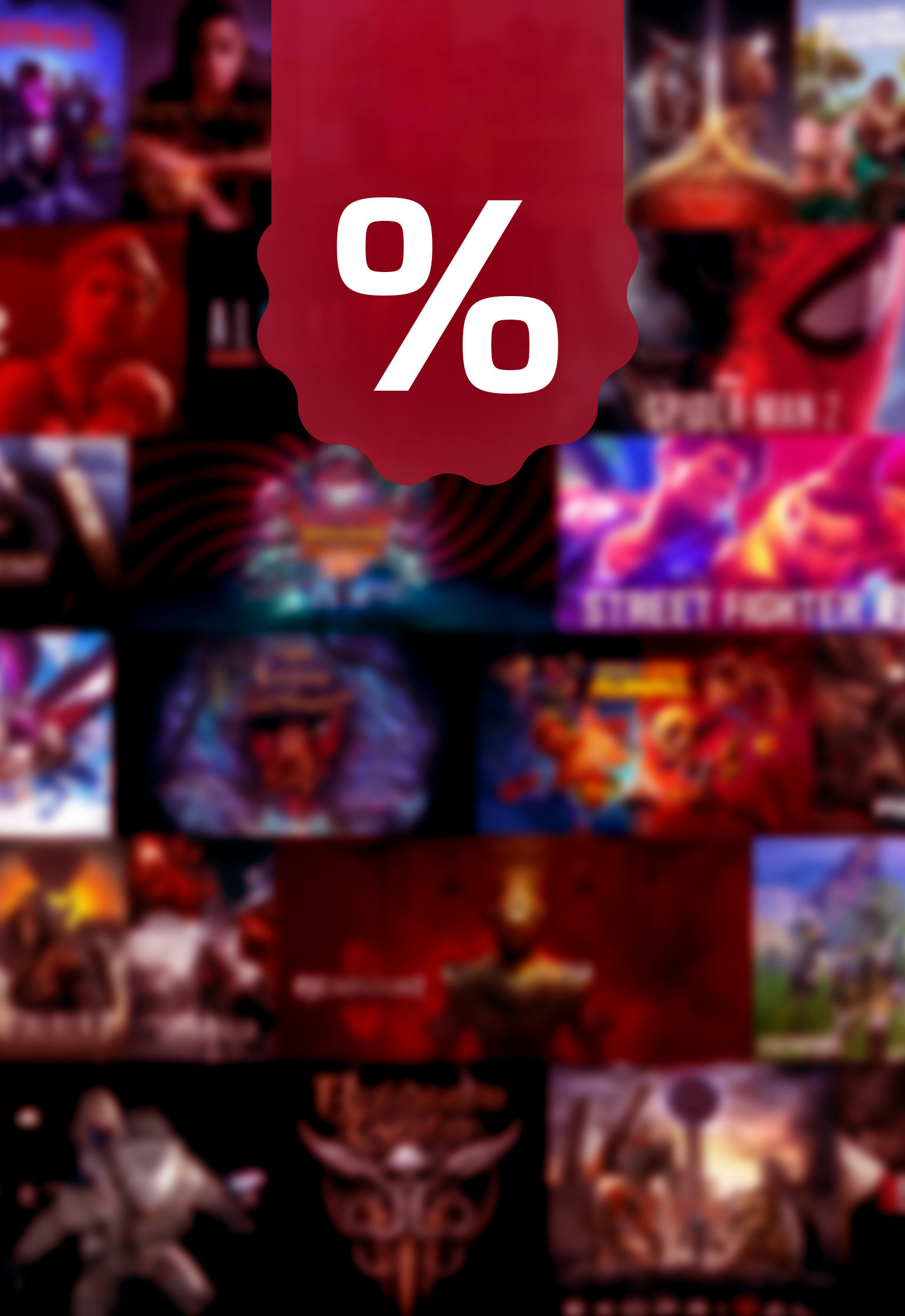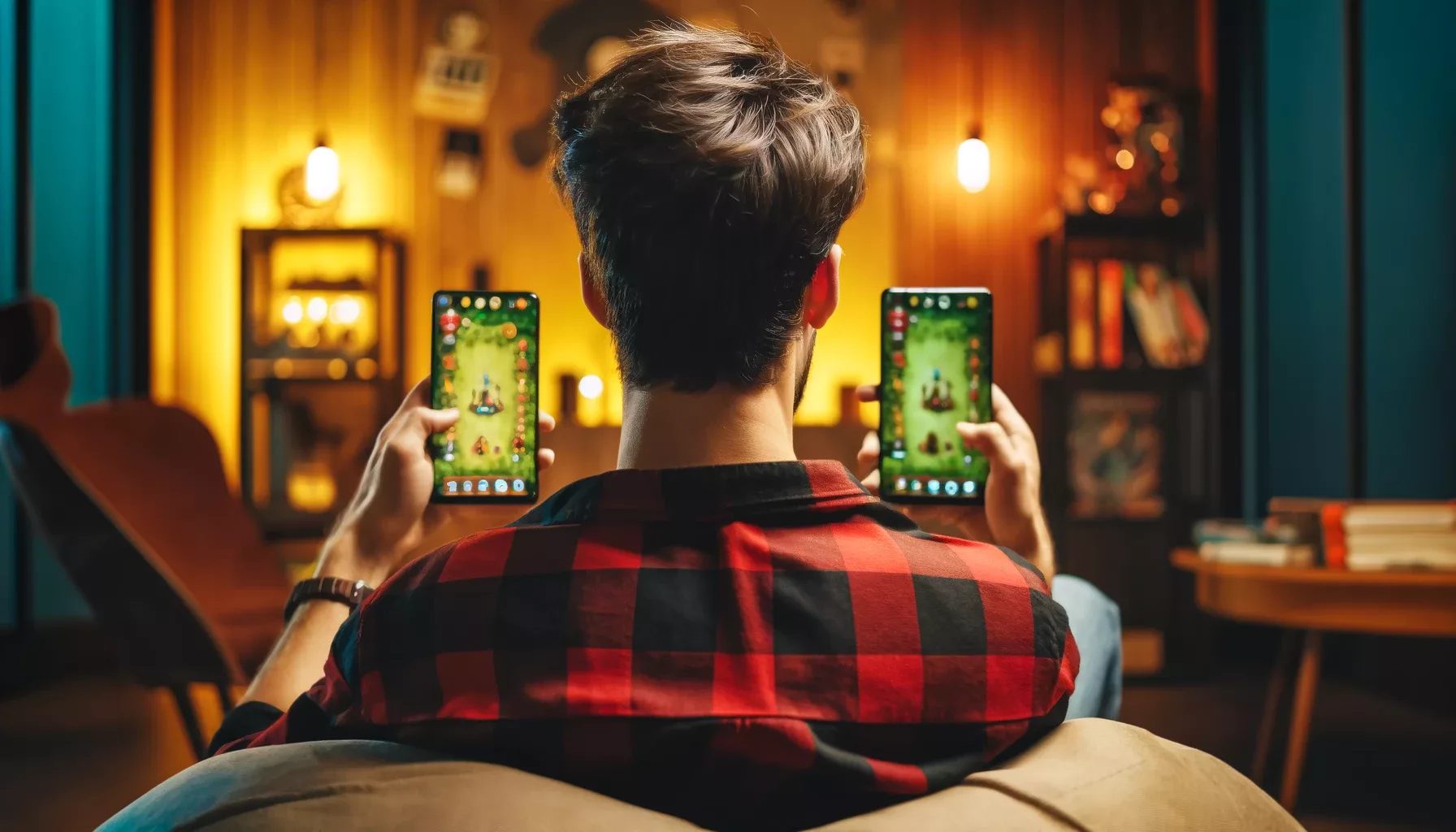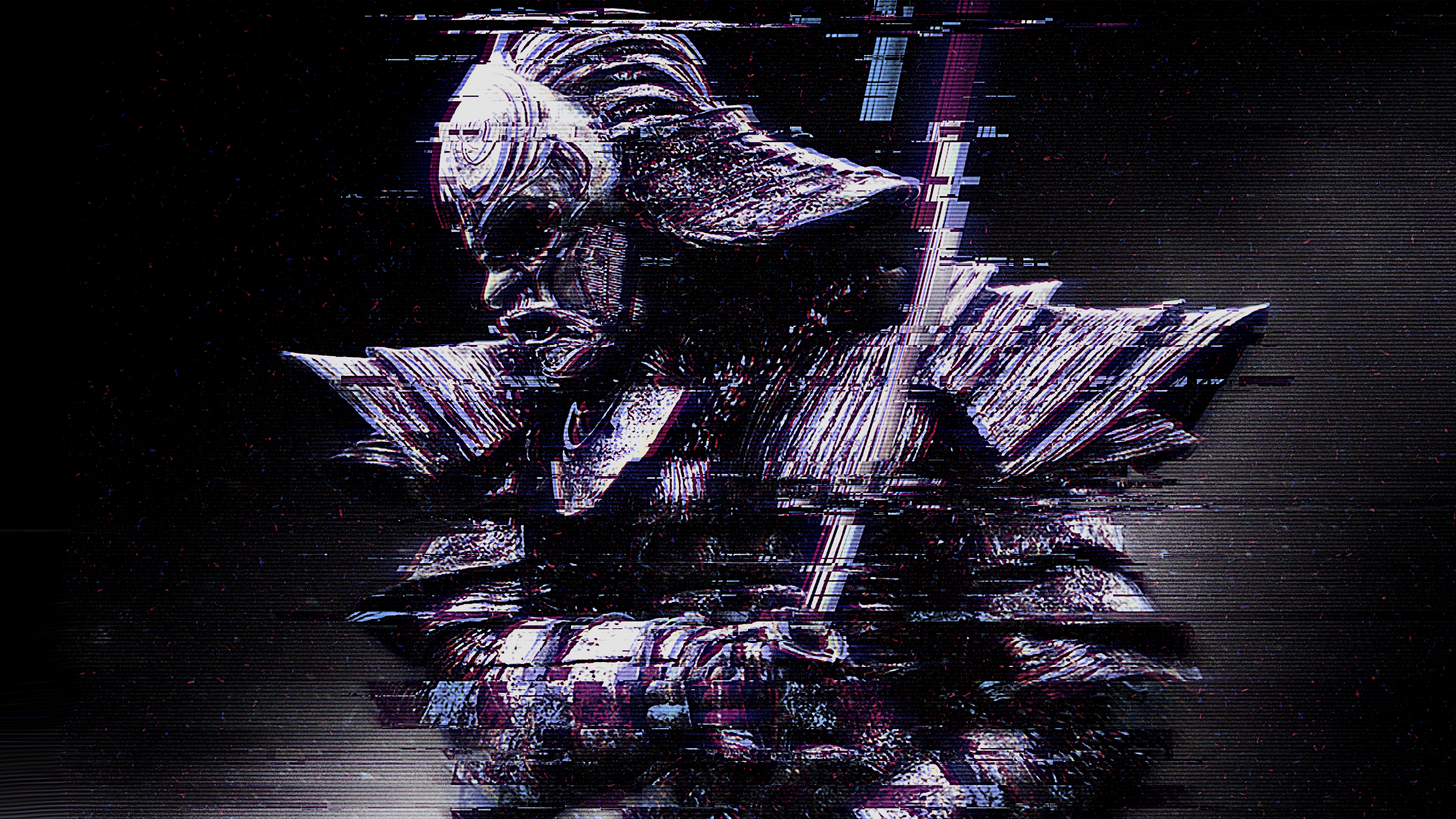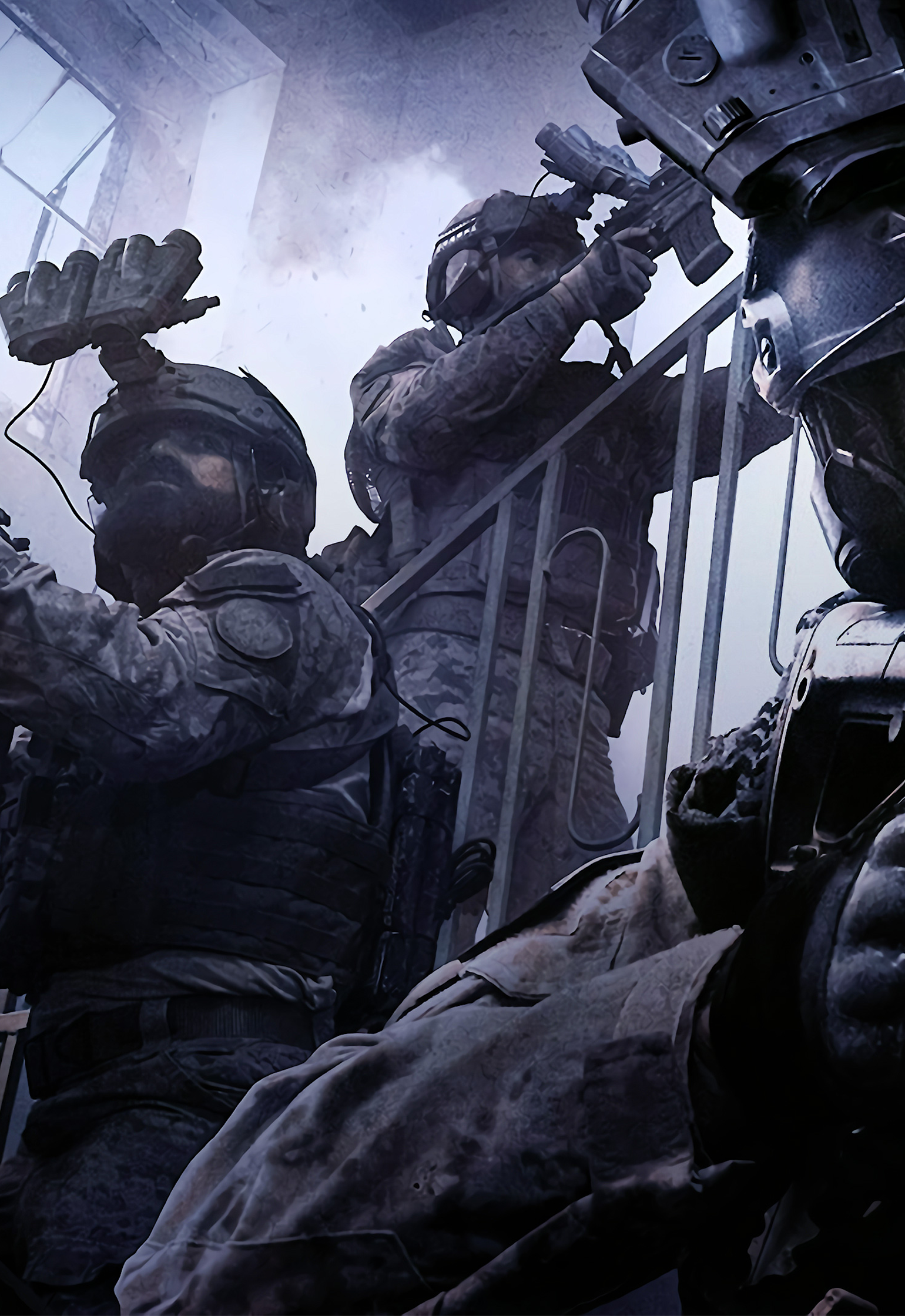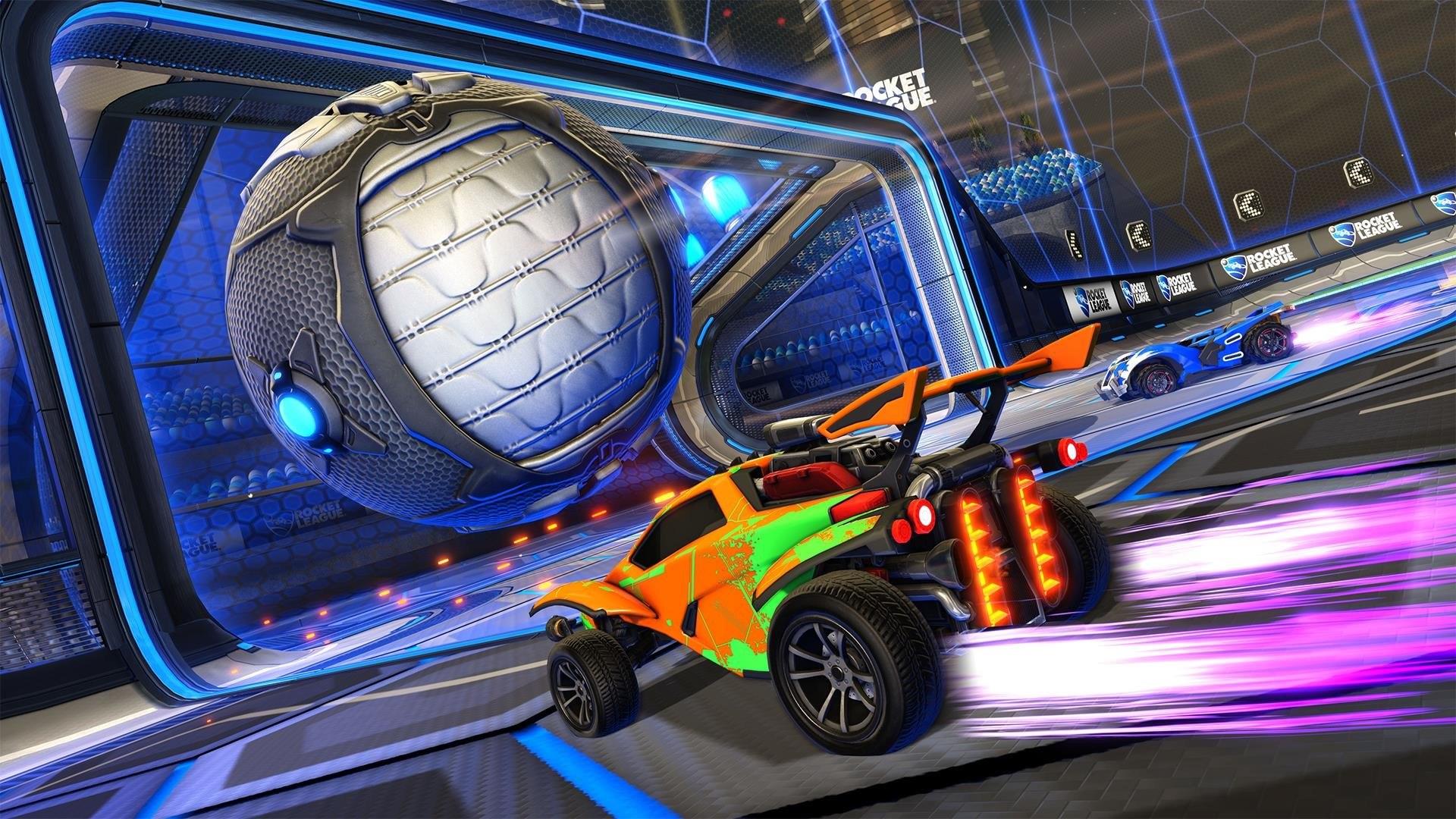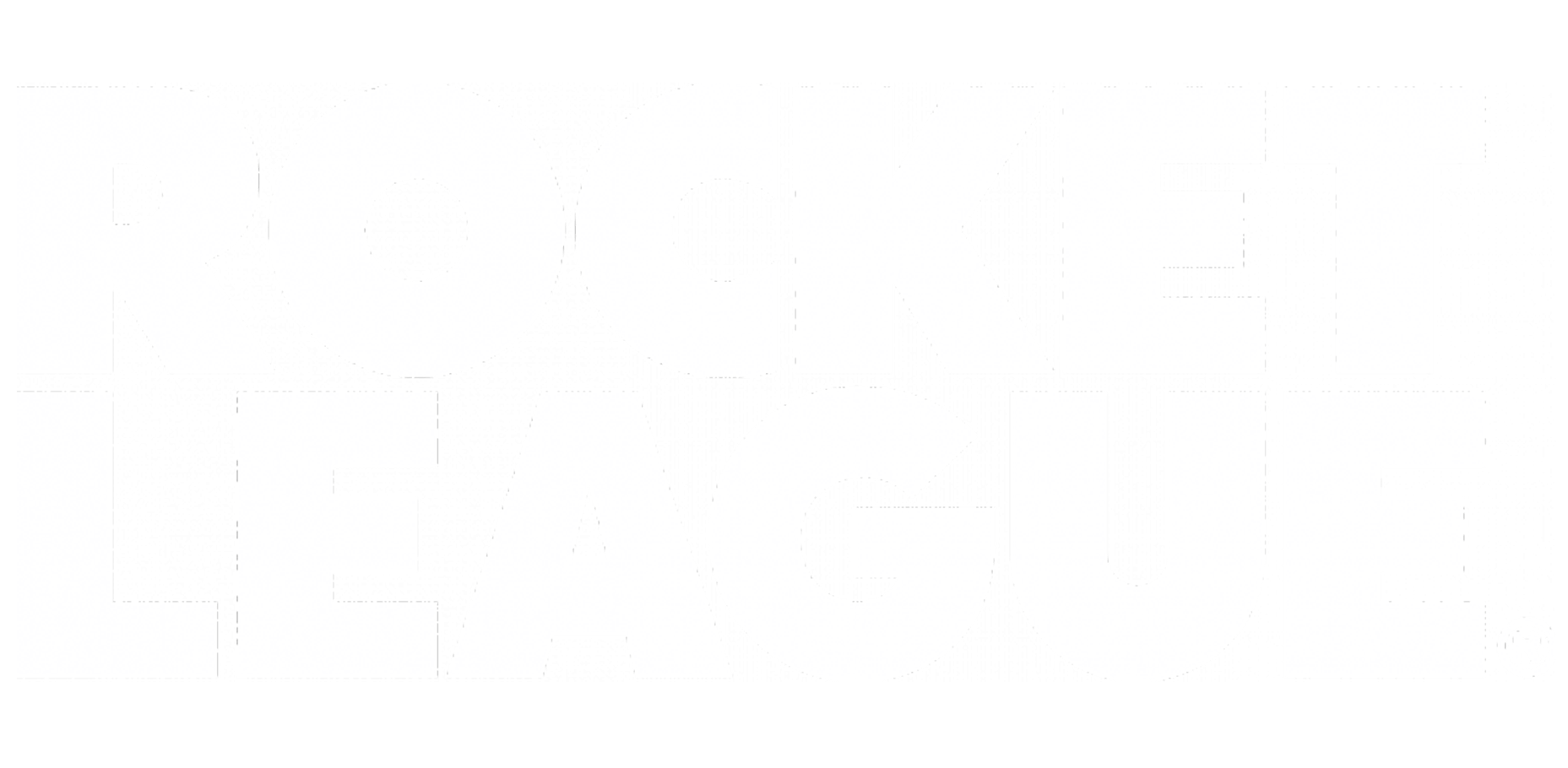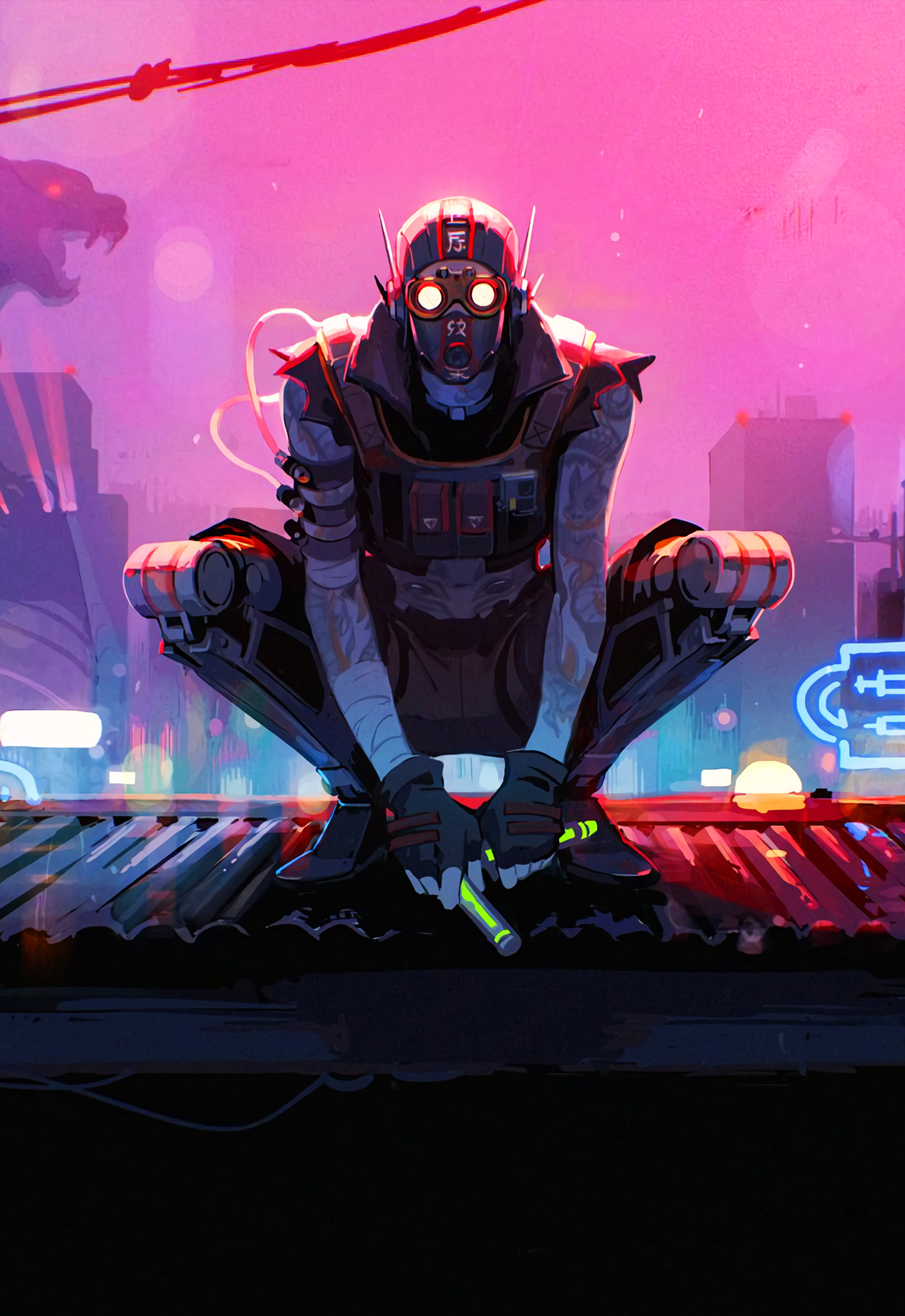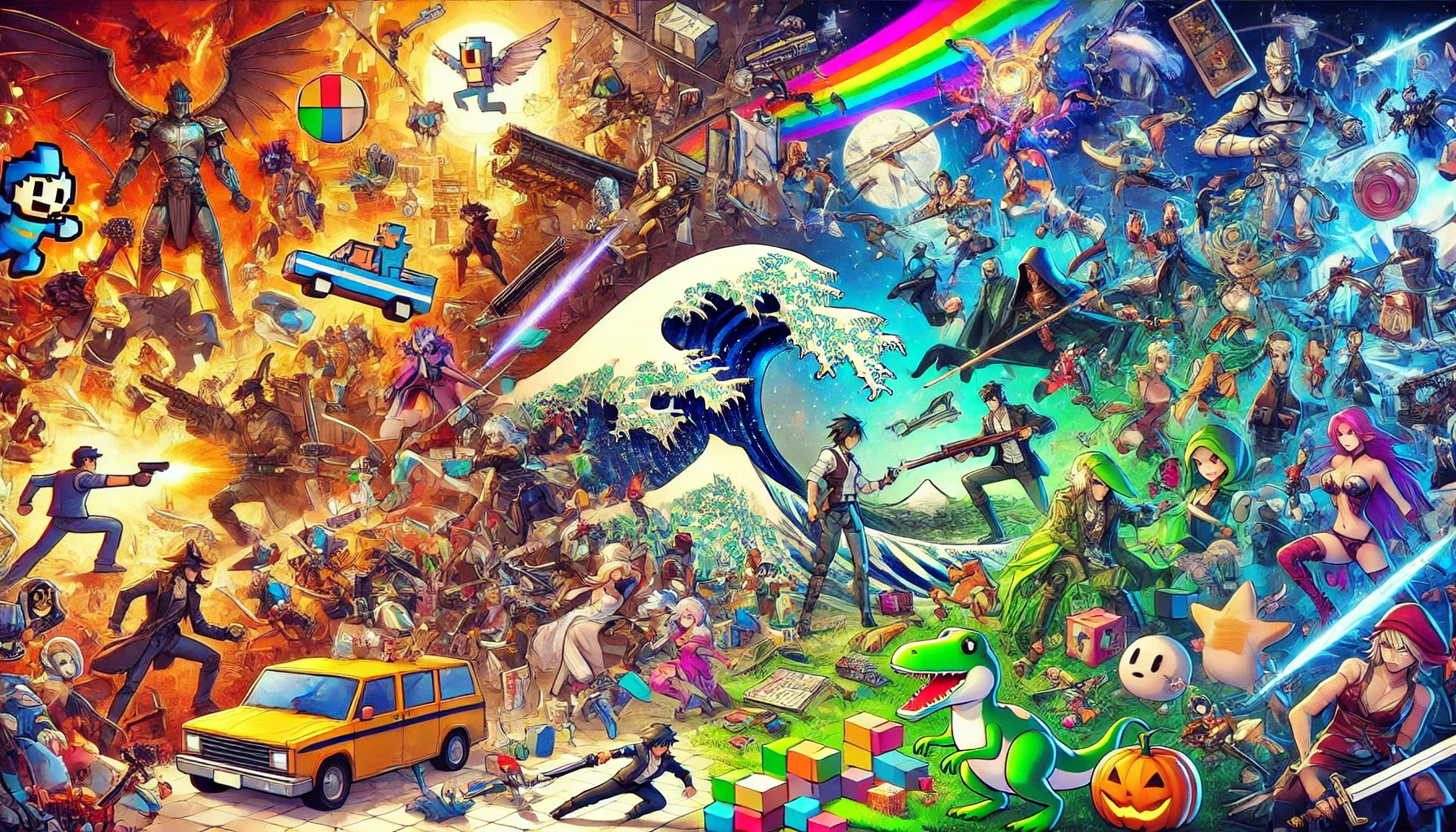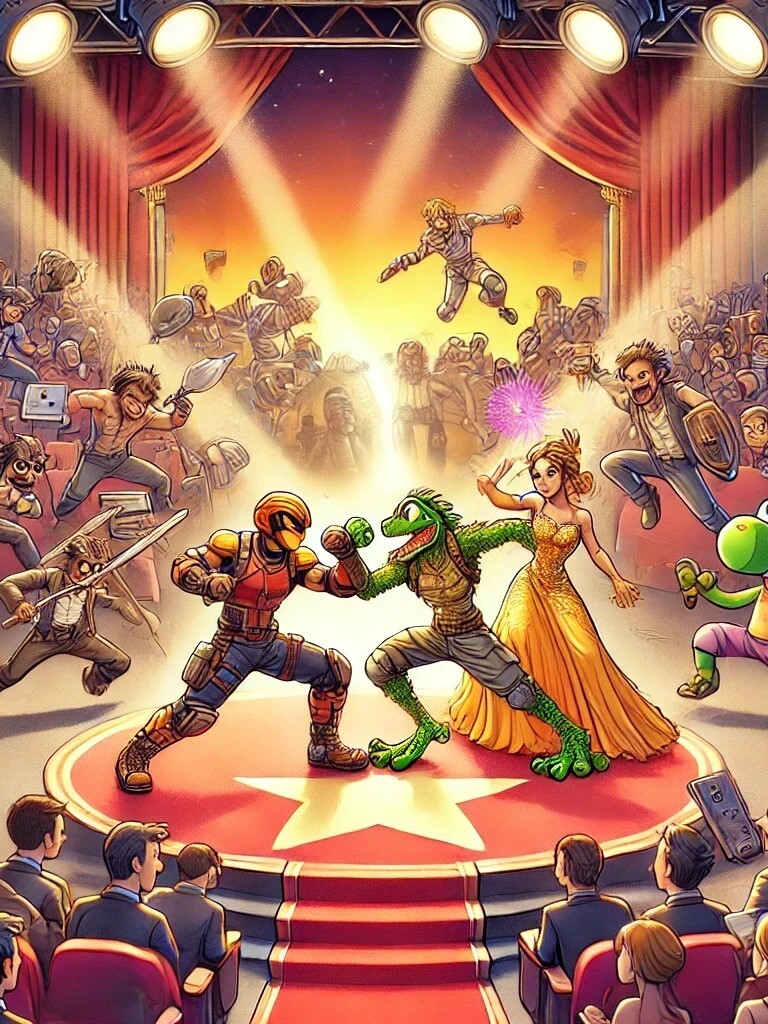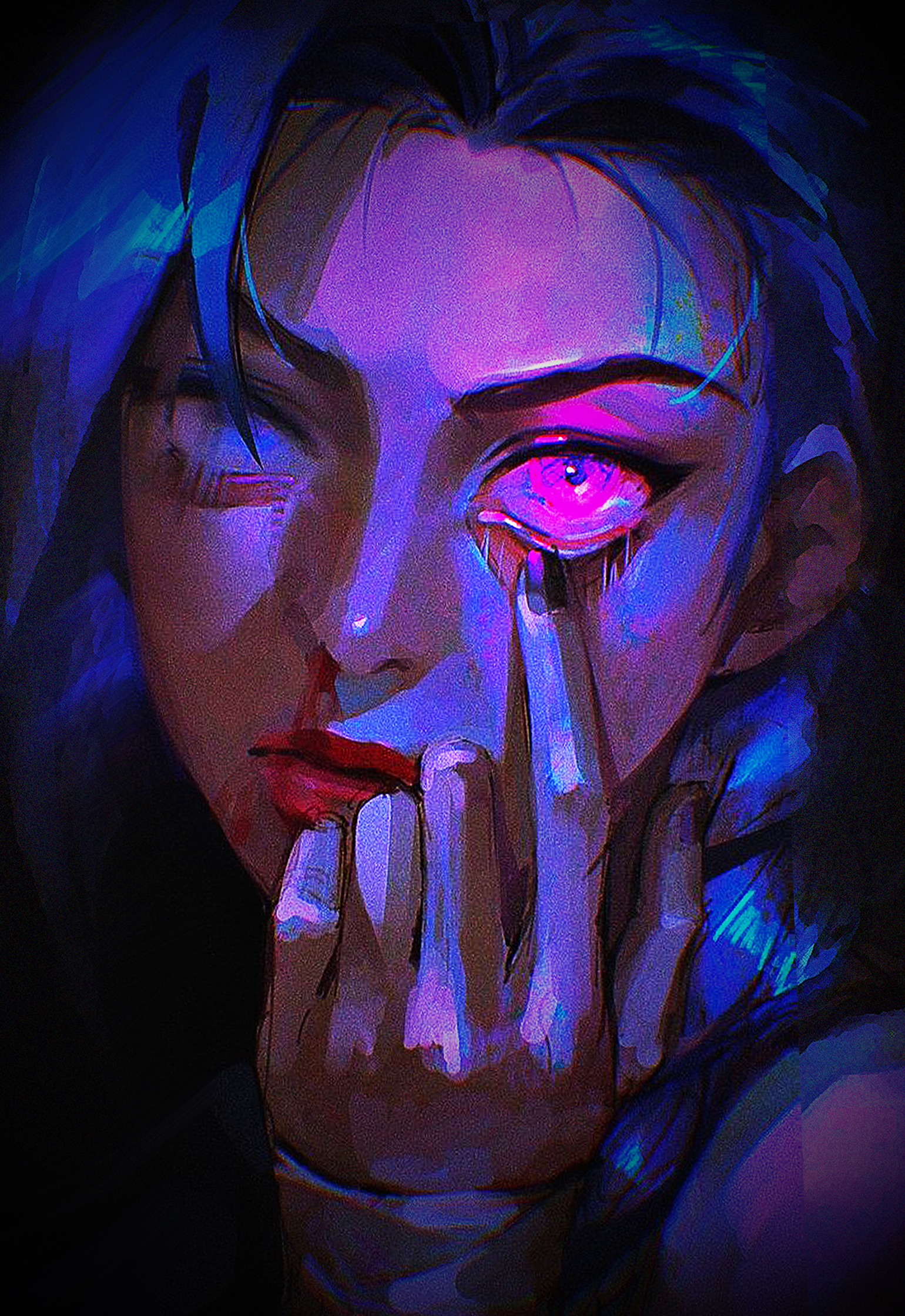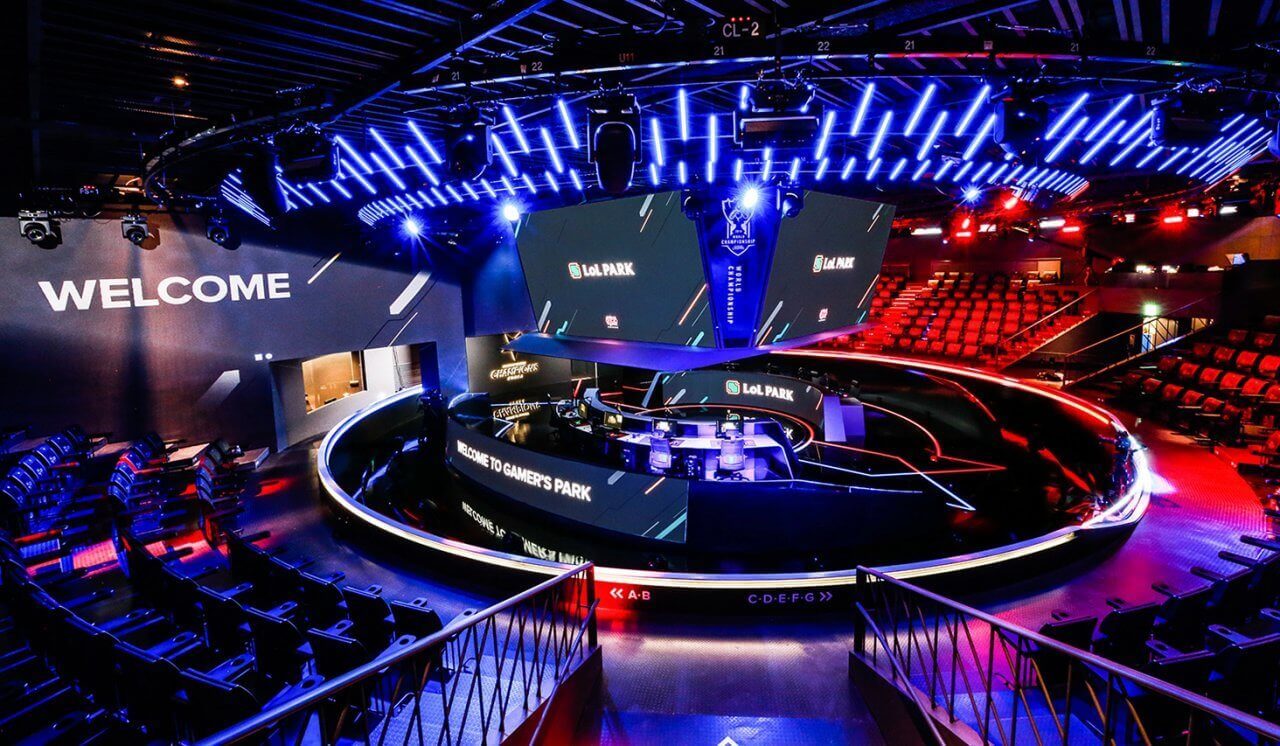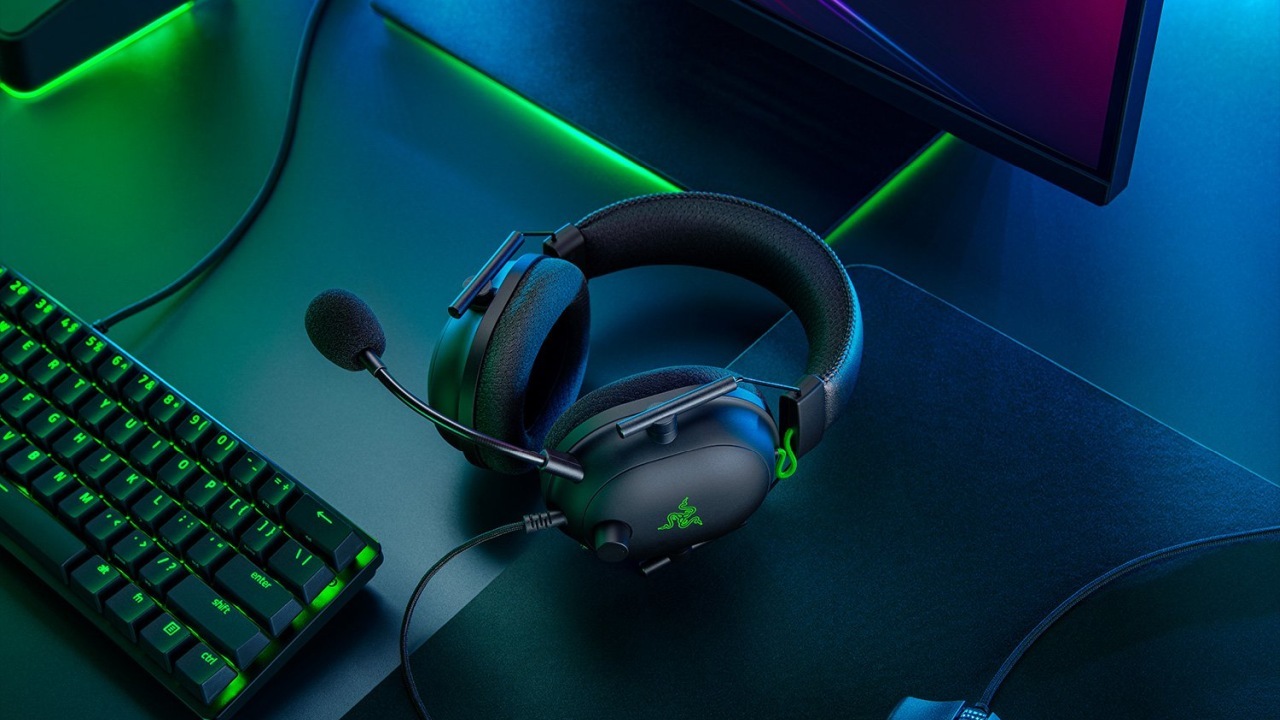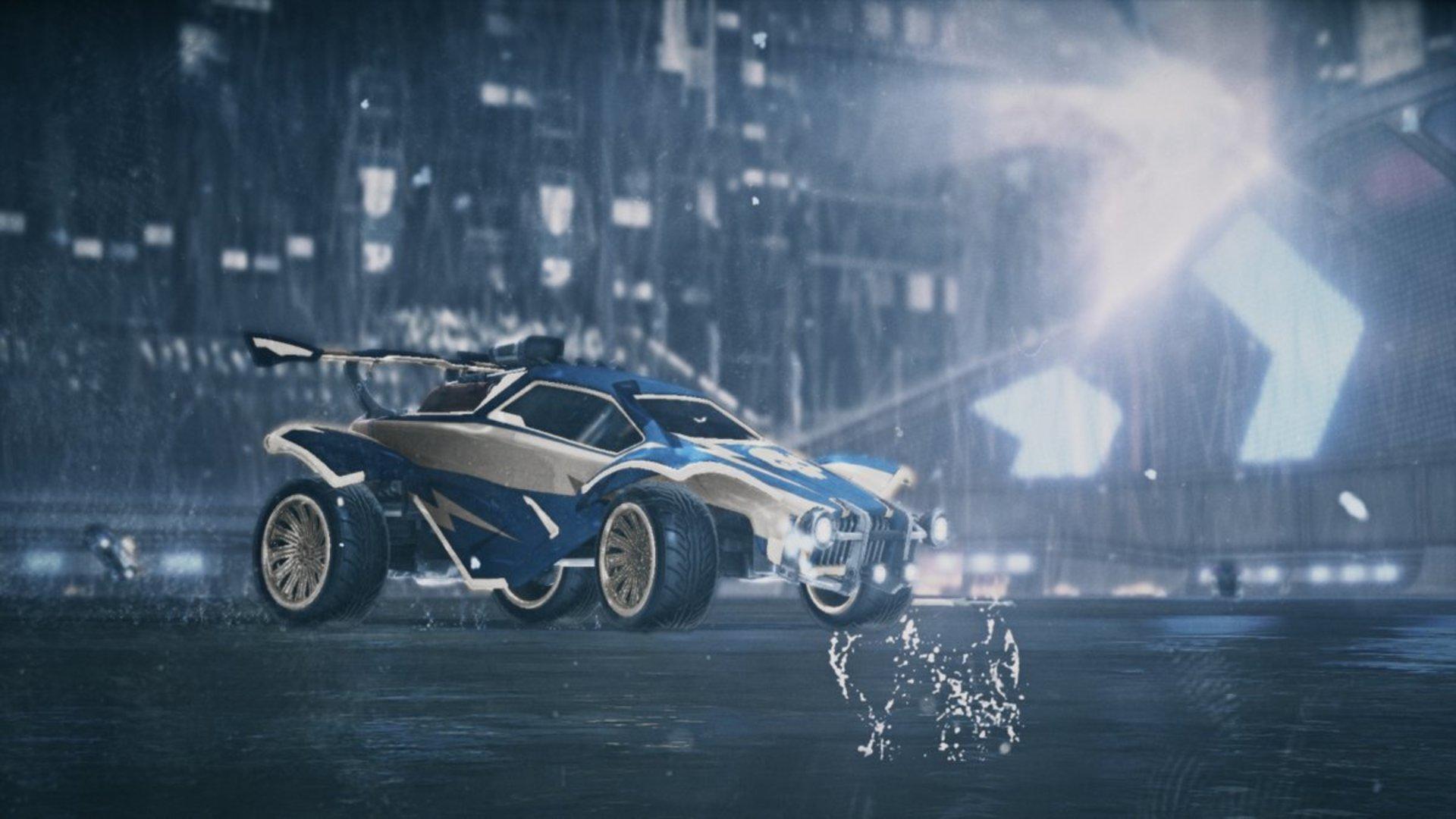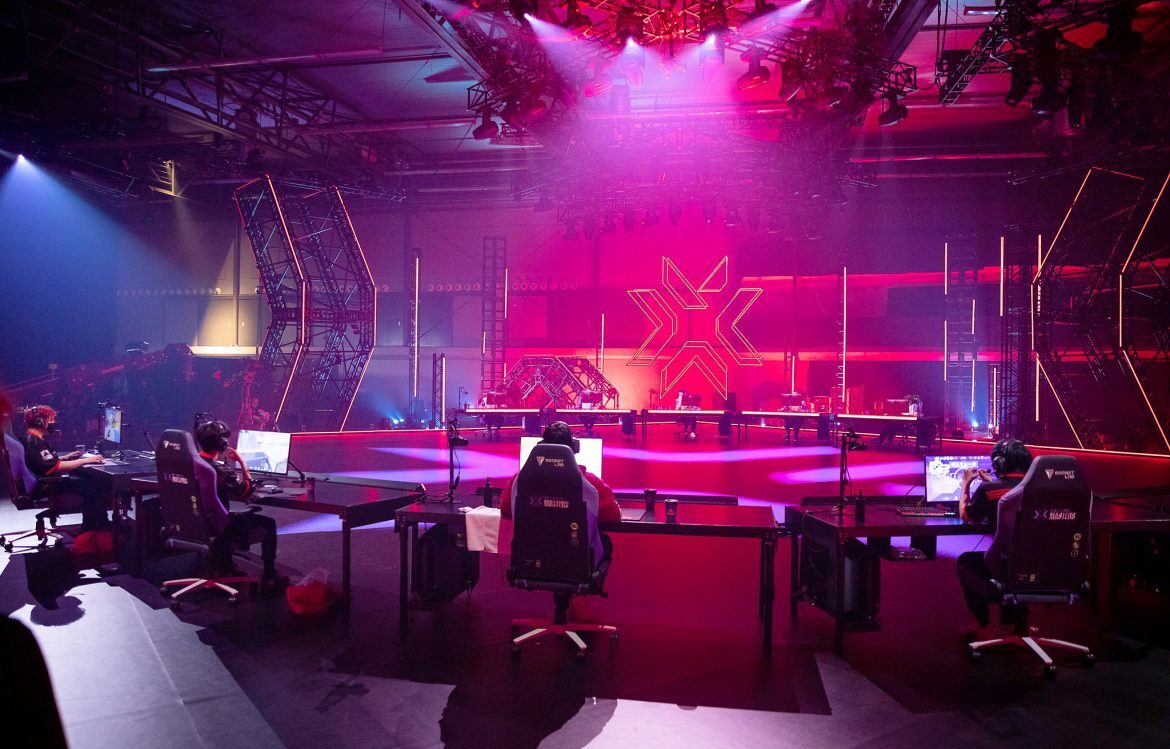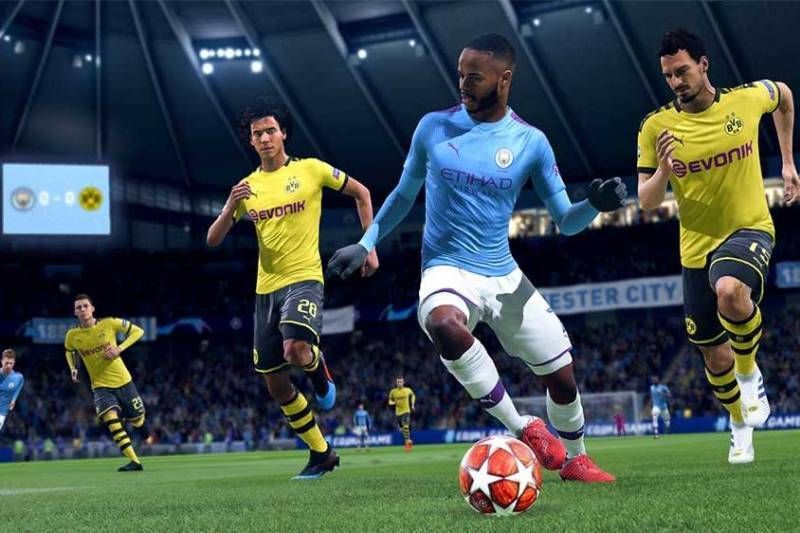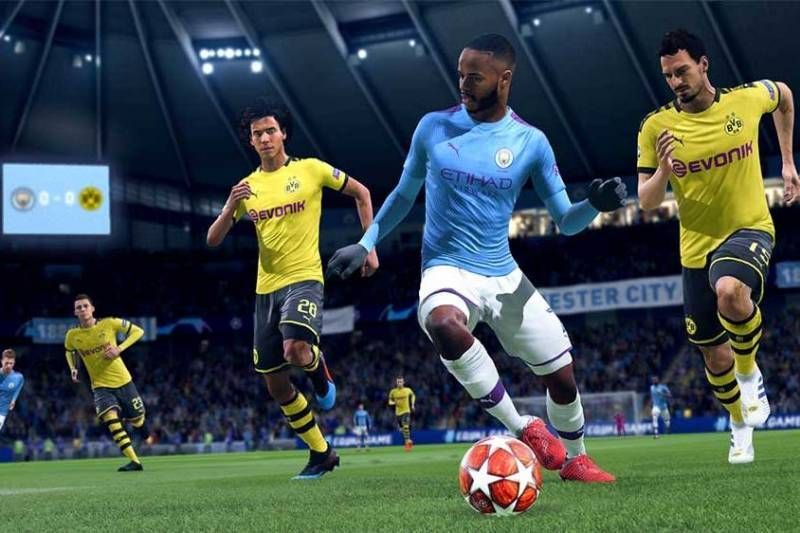
New to FIFA Ultimate Team? Then you’re in the right place. Throughout this series, FUT for Beginners, we’ll explain every part of Ultimate Team and help you during your first steps in this enthralling game mode. Today, we’re looking at the overall aim of FUT, building a side, team chemistry, and personalizing your club.
What Are Cards?
This is simply the phrase used to describe players that can be earned via packs and the Transfer Market in FUT, however, there are also non-playing cards.
Player cards
At the start of FIFA, only the original batch of players are included as cards in FUT and they have the same rating as in other FIFA game modes.
These cards are tiered, with gold players rated 75 and above, silver between 65-74 and bronze cards accounting for 64 ratings and lower.
Cards are also rare or common. As the name suggests, rare cards appear less often in packs but tend to be more valuable. Most gold cards with a rating of 80+ are rare, but common gold cards can have players rankings of up to 83. Rare players can also be lower-rated cards - for instance, there are plenty of rare gold players with a ranking of 75, despite some 83-rated cards being common.

Rare cards can also be of more value in Squad Building Challenges (SBCs), with the criteria for completing certain challenges including having a certain number of rare players.
EARLYGAME TIP: In SBC, try to use up common cards where possible and hold onto the more valuable rare players for future SBCs.
In FUT 20, the highest-rated original card is Lionel Messi (94), followed by Cristiano Ronaldo (93) and Neymar (92). At the start of FIFA 20, there are also only 10 players ranked 90+, however as FUT progresses throughout the year, that quickly changes.
Non-playing cards
These cards are often referred to as consumables and are also tiered in gold, silver, and bronze. They come in several different formats:
- Staff: These come in the form of managers, with every side in FIFA having their head coach included in FUT. Backroom staff such as coaches and physios are also available and help to improve your team.
- Training: Improve a player’s attributes (e.g. +10 physical, or +15 shooting).
- Contracts: Needed for players and managers if they are to play for your side. New players will arrive with a seven-game contract, but this will need to be extended upon its completion.
- Fitness: Just like in real football, on FUT players tire after playing matches. New player cards will come with a maximum fitness of 99, but this will decrease after games are played. Player fitness cards will top up individual cards’ fitness levels, while squad fitness cards will boost the overall fitness of all 23 players in the squad.
EARLYGAME TIP: Players can also regain fitness by occupying one of the five reserve spots in the squad, or by being an unused substitute. If players are in the 23-man squad but don’t play in a game, their fitness rating will increase, meaning it is possible to rotate your side without the use of fitness cards. However, this doesn’t tend to be an issue, with fitness cards occurring often in packs.
- Healing: To be used on players when they pick up injuries. These cards can heal injuries to specific parts of the body, or cards are available to heal any injury type.
- Positions: Used to change a player’s position on a card. For instance, a RM can become a RW and subsequently a RF, or a LB can become a LWB. It’s in the center of the pitch where is the biggest change can occur, and a CDM could move into a CM, CAM, CF and then ST, meaning the likes of N’Golo Kante could be transformed into a striker.
- Chemistry style: Help improves two or three of a player’s ratings. Chemistry style cards are separated by position (e.g. a Finisher card, will improve a player’s shooting and physicality, while a Powerhouse card will strengthen a player’s passing and defending rankings).
- Manager leagues: Used to change a manager’s league, to improve chemistry. For instance, if you had Pep Guardiola as manager, but had a side from La Liga, a La Liga card would change the division on Guardiola’s card and therefore increase team chemistry.
- Club Items: Not technically a consumable, but these non-playing cards are used to customize your side. They include: tifos, stadium themes, celebrations, kits, badges, balls, and stadiums. All these items will be visible during your side’s home matches.
Special Cards
As the football season progresses, EA Sports bring out new player cards to help improve your FUT side - otherwise, within a few months most gamers would have assembled the best possible side.
These come in a number of different forms and can be themed around certain events - e.g. Ultimate Scream was unveiled around Halloween time and included upgraded versions of Sergio Aguero (91), Toni Kroos (90) and Gerard Pique (90), while Future Stars celebrated the younger players in football, with cards such as Joao Felix (92), Erling Haland (92) and Lautaro Martinez (92).
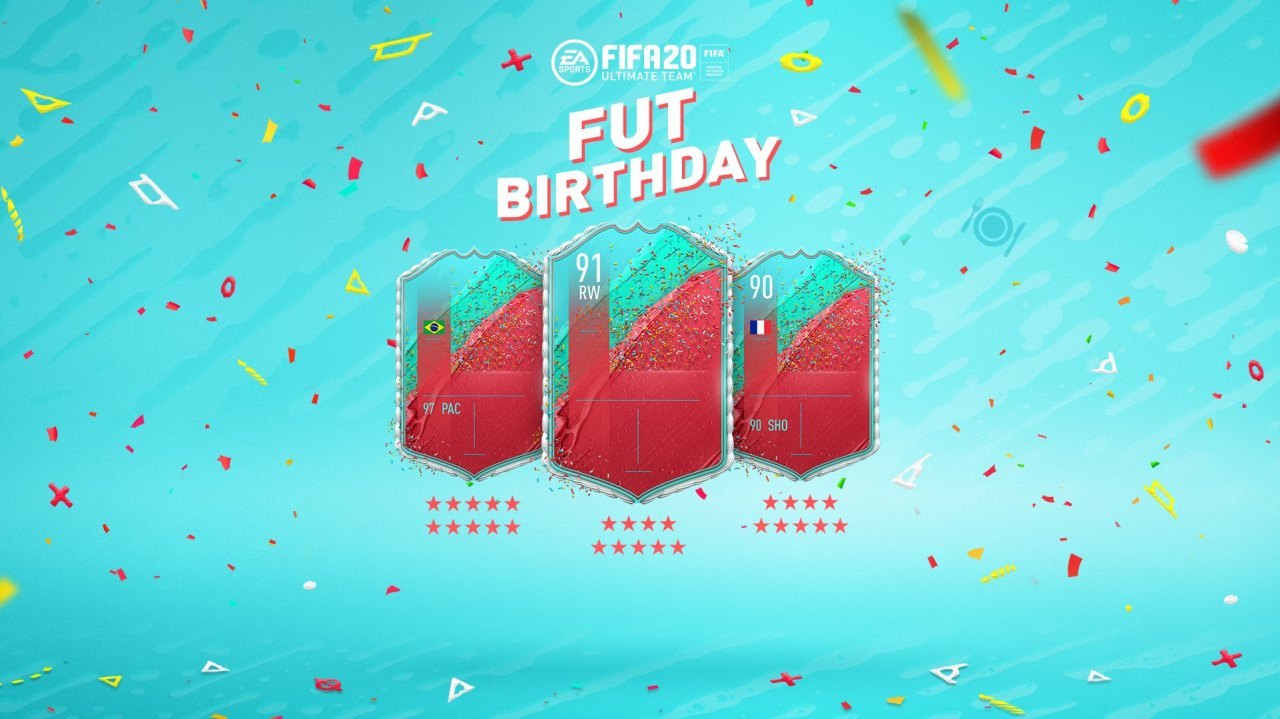
On the other hand, Champions League cards occur in FUT for almost the entirety of the game. These are specific to the players representing clubs in the Champions League and are the same rating as their usual cards, however they are much rarer and are often required to complete SBCs and Objectives. In FUT 20, Copa Libertadores cards were also introduced to celebrate the South America tournament.
Other cards in FUT which aren’t event-specific include Man of the Match cards for performances in real-life games, while Player of the Month cards are available for a limited time each month in SBC, and reflect which player earns the same accolade in real life.
Each Wednesday, EA Sports also bring out the latest Team of the Week (TOTW) which is based on players’ performances from the previous weekend’s real-life fixtures. Obviously, this has been stopped during the coronavirus.
The final type of special card are Icons, which are highly rated former players, including the likes of Pele and Diego Maradona. Like normal cards, Icons are tiered; they come in Base, Middle, Prime and Moment forms. Each Icon has a different rating on each tier, for instance, Thierry Henry is ranked 87, 90, 93 and 95 across his four cards.
Icons are even more valuable than other special cards as in your XI they are connected with orange chemistry links to all other players in the team, apart from either Icons, whom they have a green chemistry connection with.
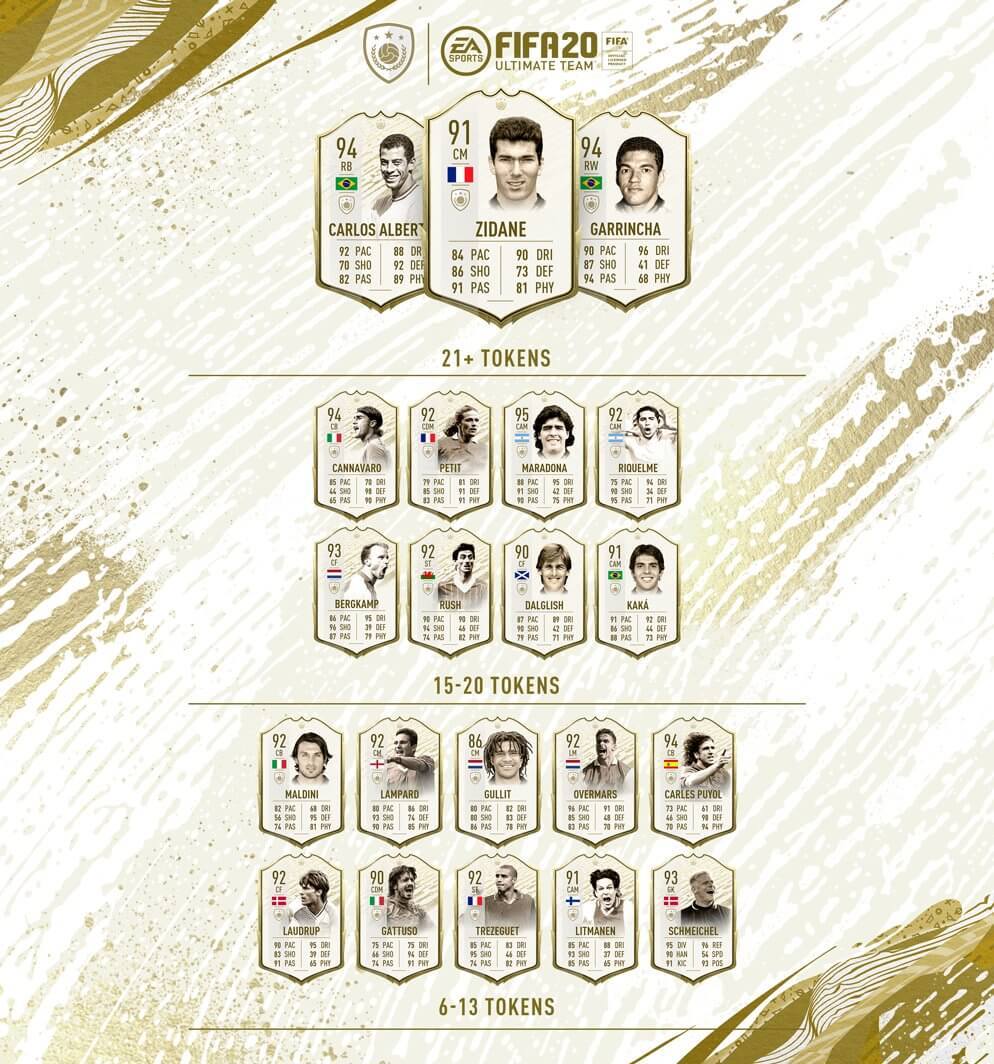
Icons can either be bought on the Transfer Market - for a seriously hefty fee - or can be won via Icon Swaps, in which gamers earn Icon Swap cards for completing certain Objectives. These can then be traded in for an Icon card.
As for other special cards, they can be earned via packs, the Transfer Market, SBCs, or Objectives, and can often be obtained through more than one method.
EARLYGAME TIP: Icon Swaps occur over the various seasons and are really worth completing. Not only will you get a superbly talented player, but chemistry will never be an issue. When a new round of Icon Swaps come out, it’s wise to look at the Objectives and make a definitive decision on which player you’d like for your side. You can only trade the Icon Swap cards in for one or two Icon players.
The constant introduction of new player cards means gamers always have the opportunity to improve their team, while there can be various card versions of individual players - although only one can be included in your team. For example, Messi has 11 different cards on FUT 20, rated between 94-99.
Transfer Market
As the name suggests, the Transfer Market is where players can be bought and sold, as well as consumables.
When buying on the Transfer Market, you can search for players based on criteria such as position, league, nationality, and minimum and maximum price, or by searching for a particular by name. Cards can be bought by bidding against other gamers or by paying the Buy Now price, which immediately secures a new player for a stipulated price.
The Transfer Targets page keeps has an overview of which players have been bid on and whether the offer is still active or expired.
When it comes to selling, a maximum of 100 cards can be placed on the Transfer List at any time and the seller sets the starting bid and Buy Now price, as well as determining how long cards are included on the Transfer List for.
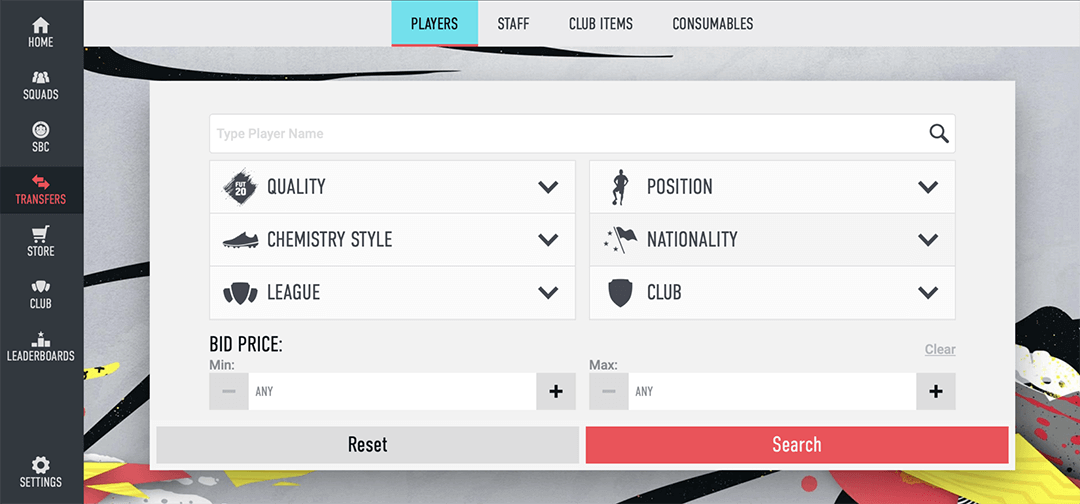
Several factors can influence Prices on the Transfer Market:
- Rating: In general, the higher rated a player is then the more expensive the card will be. As a result, the most expensive cards at the start of FIFA will drop in price during the year, as higher-ranking cards are introduced by EA Sports.
- Pace: Of all the attributes in FIFA, speed tends to be valued highest. Therefore, faster players will tend to cost more coins.
- Position: Attacking players tend to be more expensive than defenders and goalkeepers.
- Nationality/League: Given how important chemistry is on FUT, players from the top-five divisions (Premier League, La Liga, Serie A, Bundesliga, and Ligue 1) cost more coins than players from other leagues. Likewise, cards from countries like Brazil, France and Germany are more expensive due to chemistry.
- Rarity: Certain cards tend to appear more often in packs than others, making those which rarely appear even more valuable (e.g. oddly, Norwich City defenders are very rare, and as they’re needed to complete the Premier League SBC, gamers can be forced to pay extortionate prices for very low-rated cards.
- SBCs/Objectives: If certain players are needed in SBCs or Objectives this can affect price. For instance, if a SBC required two Real Madrid players, then Real Madrid cards could see a sharp upsurge in price. The same applies if an Objective required a gamer to score with Japanese players etc.
As the above list demonstrates, there are loads of factors that determine a card’s cost, and prices for certain players can fluctuate over time.
EARLYGAME TIP: If you want a specific player for your side, use the Compare Price option and sift through multiple cards until you find the cheapest price.
Our next FUT for Beginners guide is taking a more detailed look at the various game modes in FIFA. You should too.
- READ NEXT: FUT for Beginners: Game Modes


